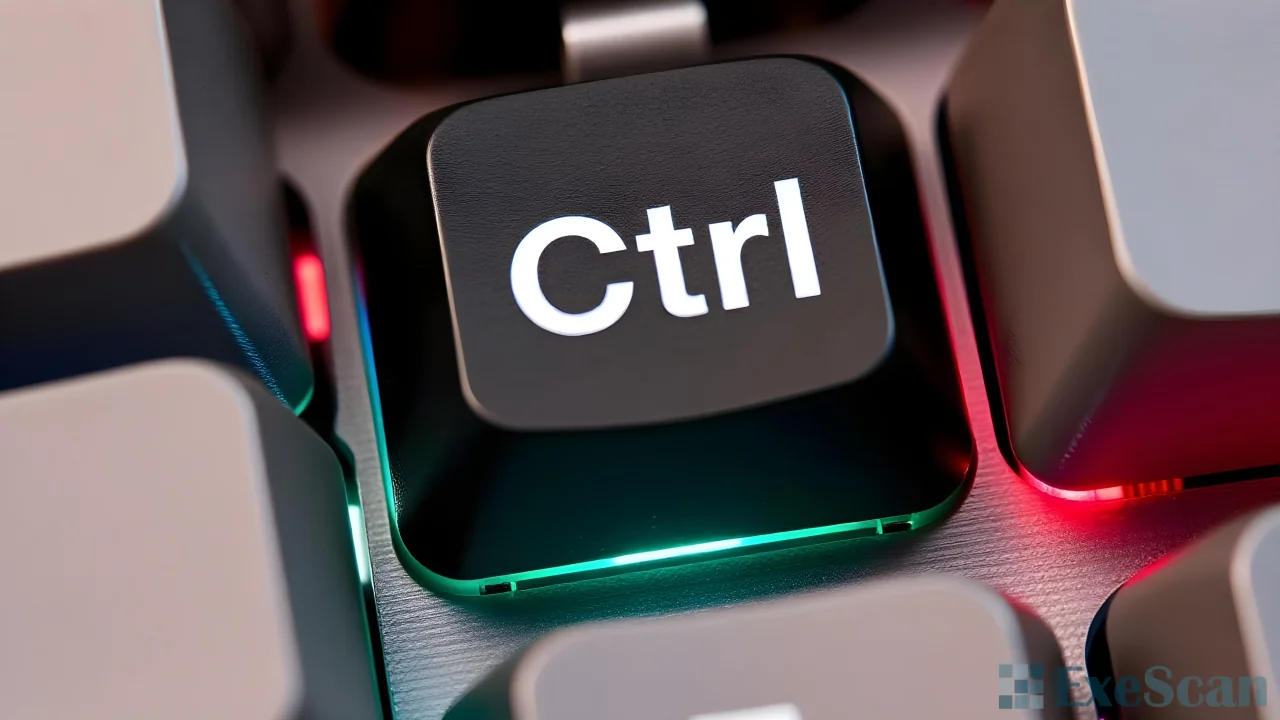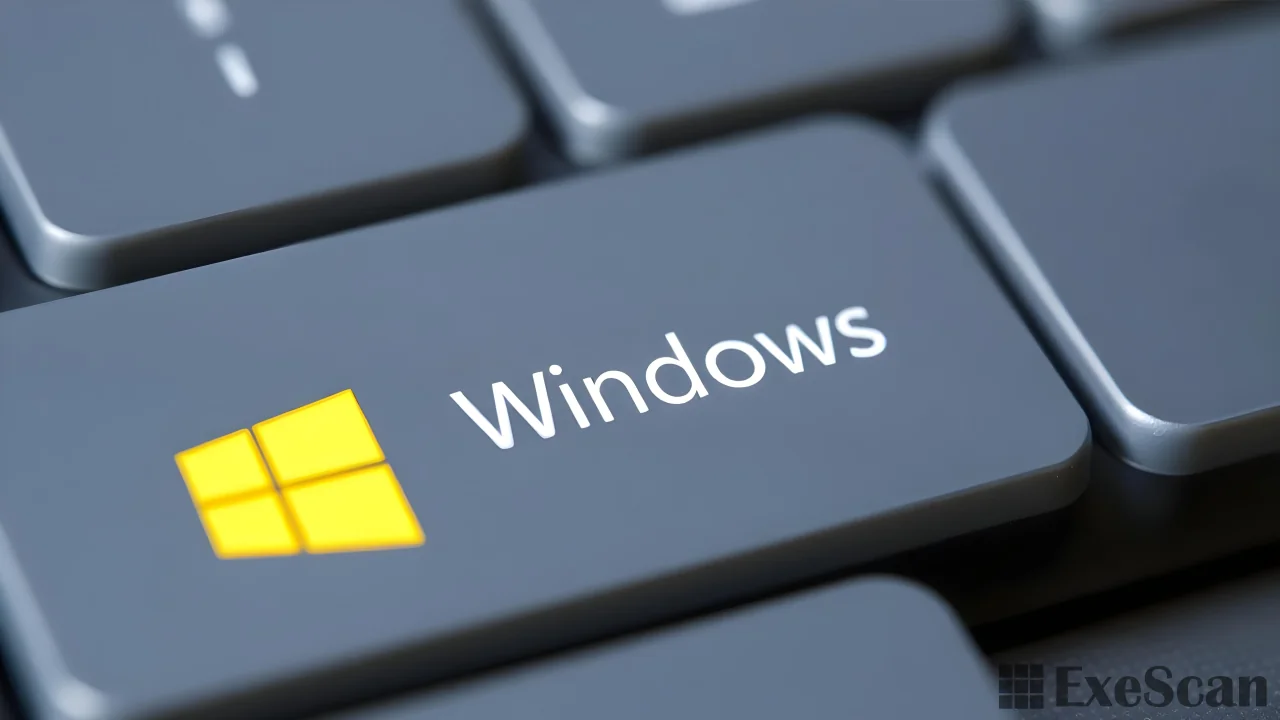Keyboard shortcuts are essential tools for increasing productivity and efficiency while using a Windows operating system. This article will introduce some of the most useful Windows keyboard shortcuts. These shortcuts are beneficial for both beginners and experienced users.
Basic Windows Shortcuts
Understanding basic Windows shortcuts is crucial for efficient computer use. Here are some essential ones:
- Ctrl + C and Ctrl + V: Ctrl + C copies the selected text or item, while Ctrl + V pastes it.
- Ctrl + X: Cuts the selected text or item, removing it from its original location and allowing it to be pasted elsewhere.
- Ctrl + Z: Undoes the last action. If a mistake is made, pressing Ctrl + Z will revert it.
- Ctrl + A: Selects all text or items in the current window or document.
- Alt + Tab: Quickly switches between open applications, useful for multitasking.
- Windows Key + D: Minimizes all open windows and shows the desktop. Pressing it again restores the windows.

Navigating Windows
Navigating through Windows can be faster with these shortcuts:
- Windows Key + E: Opens File Explorer for quick access to files.
- Windows Key + L: Locks the computer, providing privacy in shared environments.
- Windows Key + R: Opens the Run dialog box, useful for launching programs by typing their names.
- Windows Key + S: Opens the search function to find files, settings, and applications quickly.
- Windows Key + I: Opens the Settings app to adjust system settings.
Window Management
Managing multiple windows becomes easier with these shortcuts:
- Windows Key + Left/Right Arrow: Snaps the current window to the left or right half of the screen, useful for side-by-side comparisons.
- Windows Key + Up Arrow: Maximizes the current window.
- Windows Key + Down Arrow: Minimizes the current window. If the window is maximized, it will first restore it to its previous size.
- Alt + F4: Closes the current window. If no windows are open, this opens the shutdown dialog box.

Advanced Shortcuts
For more advanced tasks, these shortcuts can enhance productivity:
- Ctrl + Shift + Esc: Opens the Task Manager directly for monitoring system performance or ending unresponsive tasks.
- Windows Key + X: Opens the Quick Link menu, providing access to essential system tools like Device Manager, Disk Management, and Command Prompt.
- Windows Key + P: Opens the projection options, allowing switching between display modes such as extending or duplicating the screen.
- Windows Key + Number (1-9): Opens the corresponding taskbar pinned item, e.g., Windows Key + 1 opens the first pinned item on the taskbar.
Shortcuts for Accessibility
Windows includes shortcuts to improve accessibility:
- Windows Key + U: Opens the Ease of Access Center to adjust accessibility settings.
- Windows Key + Plus (+): Opens the Magnifier to zoom in on parts of the screen, useful for users with visual impairments.
- Windows Key + H: Opens the Dictation tool, allowing typing using voice commands.
- Windows Key + Ctrl + Enter: Turns on Narrator, which reads text on the screen aloud.
Conclusion
Mastering Windows keyboard shortcuts significantly enhances productivity and efficiency. By incorporating these shortcuts into daily routines, users can navigate their systems more quickly and perform tasks with ease. Starting with the basics and gradually learning more advanced shortcuts will help fully leverage the power of a Windows computer.


